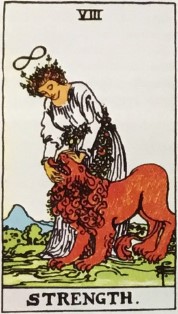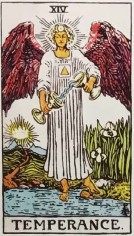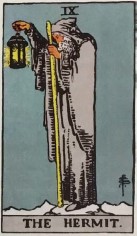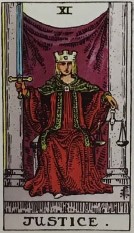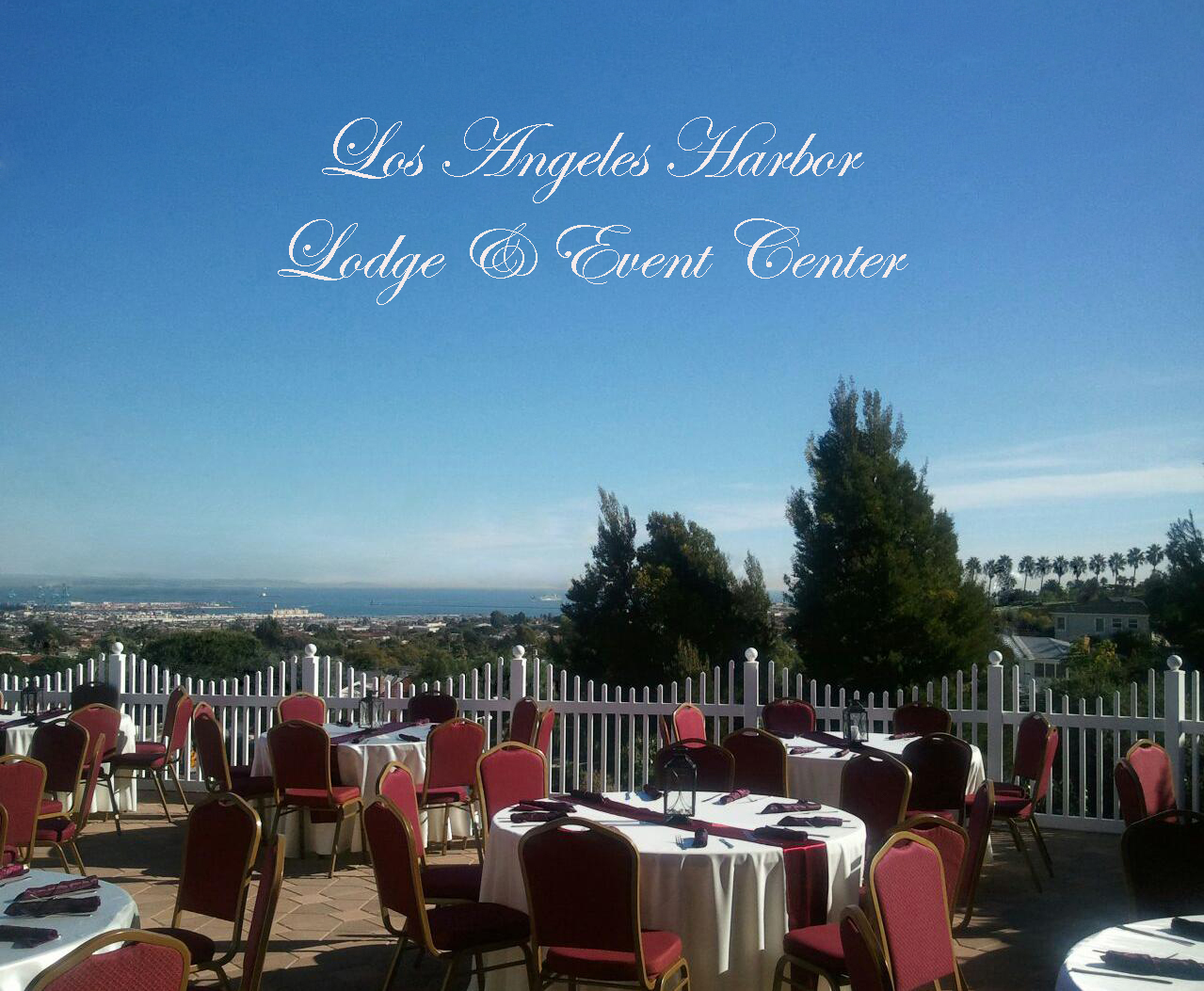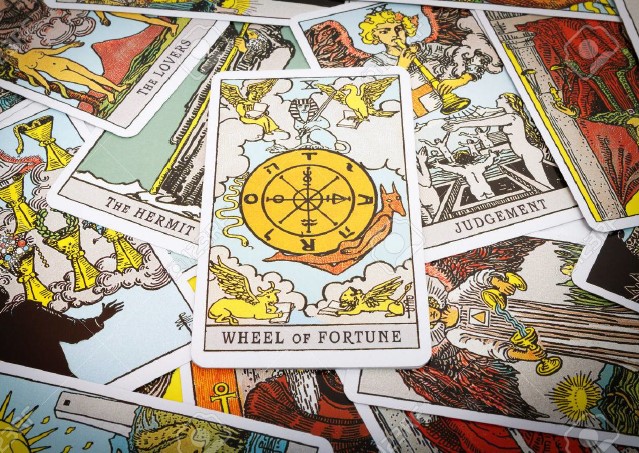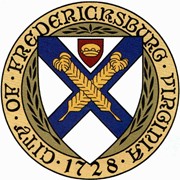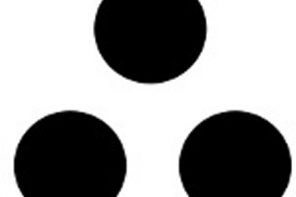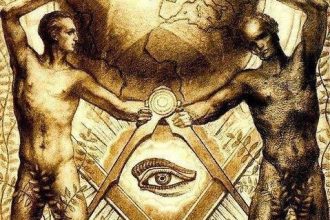“Modern Tarot arises in France in the mid-17th century, whereas modern Freemasonry arises in England in the early 18th. Neither knows of the other and the two are not seen in any manner as related or as connected.” With this statement Jean-Michael David opens his study of the relation between Freemasonry and the cryptic deck of cards called Tarot. Many commentators on the subject before him have sought to somehow link Freemasonry with this enigmatic deck of cards.
His predecessors have at times gone through great pains to make connections between them. The origins of both Tarot and Freemasonry are shrouded in mystery, and both have since their earliest inception been associated with the mystique and mysteries of the ancient Egyptian religion. Similarly, both speak to us via rich and curious symbols that seem to resonate with the deepest aspect of our psyches. However, in spite of one’s sincerest intuition, Freemasonry and Tarot do not seem to share a common origin. Yet, as we shall see, with the help of a few eccentric and innovative Fellows of the Craft, Masonic symbolism surely did come to influence the means by which certain Tarot cards are interpreted.
The first person to posit the notion that Tarot was a repository of the ancient Egyptian religion was former Protestant pastor and Freemason Antoine Court de Gebelin (1725-1784). In his 1781 book The Primeval World, Analyzed and Compared to the Modern World, Gebelin wrote that upon first laying eyes on what is now known as the Tarot of Marseilles, his immediate impression was that the Fool and twenty-one trumps related somehow to the ancient Egyptian mysteries. For example, in the Priestess card Gebelin saw nothing short of the goddess Isis, wife and sister of Osiris and mother of the falcon-headed Horus, who with the help of the god Thoth was able to raise Osiris from his watery demise. Gebelin believed that the Fool and trump cards contained the wisdom of a fictional Egyptian papyrus called The Book of Thot, that this fact was known to the popes in Rome, and that the latter were responsible for transporting the images to Avignon in the 14th century. Thence, Gebelin imagined, the Tarot finally found its way into France. In addition to the aleph-beth and the Egyptian pantheon, Gebelin detected within the Tarot hints at another concept, one more familiar to him than either of the others: the four cardinal virtues.
Having their origin in Plato’s The Republic, the four cardinal virtues were not known as such until their inclusion in the Christian tradition by St Ambrose, St Augustine, and others around the late 300s. Sometime after the mid-18th century, lectures pertaining to the cardinal virtues became a regular part of Masonic ritual. Gebelin being an active Freemason in the latter part of the 18th century, these lectures and thus the cardinal virtues would have naturally been quite familiar to him. It is therefore a concept that would doubtless have been fresh on Gebelin’s mind at the time that he encountered the deck. The cards wherein he saw an indication of the cardinal virtues were those labeled Temperance, Force (strength in English and suggestive of fortitude), and Justice. However, much to his dismay he did not find a card titled Prudence. On the other hand, one thing did jump out at him as being odd. The figure on the Hanged Man card was, erroneously, Gebelin believed, inverted. If the hanging man was to be turned right side up, Gebelin reasoned, the impression given would be one of a man, hands hidden behind his back, standing on one foot. For Gebelin, such an image, with its subtle indications of graceful poise and wise reserve, was perfectly fitting to represent the missing virtue.
A few short years following the publication of Gebelin’s book a professional fortune teller calling himself Etteilla (1738-1791), also a dedicated Freemason, issued a volume titled How to Entertain Yourself with the Deck of Cards Called Tarot. In it, while claiming to have invented the art of cartomancy, [which is fortune telling with cards], some thirty years prior to the publication of Gebelin’s book, Etteilla offered for the first time a means by which the Tarot might be employed for divinatory purposes. Whether or not Etteilla was being truthful in his claims as the father of cartomancy, Gebelin’s book obviously made an impression on him. Following Gebelin’s lead, Etteilla not only showcased the presence of the cardinal virtues in the Tarot by reordering the trumps and placing the cards in question together in chronological order, he even went so far as to invert the figure on the Hanged Man card before renaming it as Prudence. He also changed the title of the Force card to Fortitude. From that moment on the four cardinal virtues would forever be cemented as an integral part of the Tarot’s composition. Freemasonry had made its mark!
There is arguably no other figure who had a greater influence on occult literature and the 19th century occult revival than Eliphas Levi (1810-1875). His work was seminal in the development of subsequent magical and occult orders and societies such as the Theosophical Society, the Hermetic Order of the Golden Dawn, the Ordo Templi Orientis, and others. Levi’s influence may even be felt in the Southern Jurisdiction of the Ancient and Accepted Scottish Rite, where his writings inspired portions of Albert Pike’s elaborate lectures. Levi was also an avid and knowledgeable Brother Mason.
Between 1854 and 1856 Levi published his two-part magnum opus The Dogma and Ritual of High Magic wherein for the first time a sort of unified theory of occultism was offered, linking ceremonial magic with astrology, Alchemy, Kabbalah, etc. Taking center stage in Levi’s dizzying display was none other than our infamous and enigmatic Tarot deck. Unlike Etteilla, however, Levi was something of a purist when it came to Tarot and he was not content to reorder the trumps or invert cards the way Etteilla and Gebelin had done before him. He therefore returned to the original names and arrangement of the Tarot of Marseilles. Additionally, Levi saw in the original version of the Hanged Man card something that both Gebelin and Etteilla had previously missed: an allusion to the doctrine of the World Savior. Reluctant to attribute the virtue of prudence to the Hanged Man card, Levi returned the figure to his original, upside down, hanging position and began the search anew for a card that might represent the virtue of prudence. That search ended when he settled on the Hermit. Prudence is defined in the Merriam-Webster Dictionary as “the ability to govern and discipline oneself by the use of reason.” How fitting then to choose the Hermit, a figure cloaked with reserve and supported by discipline, whose path is illuminated by the singular lamp of reason. Yes, the Hermit for all practical purposes is a perfect fit for the Virtue prudence. Our four cardinal virtues within Tarot had been found!
Since the publication of Levi’s book, the analysis has been virtually uniform. From Waite to Wirth, almost every commentator following Levi has adopted the reading of the Hermit card as prudence and has seen in the Temperance, Strength, Hermit, and Justice cards as allusion to Freemasonry’s four cardinal virtues: temperance, fortitude, prudence, and justice. It is now the universally accepted reading among the vast majority of Tarot enthusiasts. Gebelin, Etteilla, and Levi’s Masonic hunches have now become Tarot law, so to speak, and the influence of Freemasonry will forever be felt, in the strange and fascinating world of the Tarot. For, anything less at this point just wouldn’t seem prudent.
by P.D. Newman
Reprinted by kind permission from the Southern California Research Lodge’s “Fraternal Review.”
Originally from “The Four Cardinal Virtues and How Freemasonry Came to Influence the Tarot,” The Scottish Rite Journal, Vol. CXXV, No. 2, March/April 2017, 10-11.
